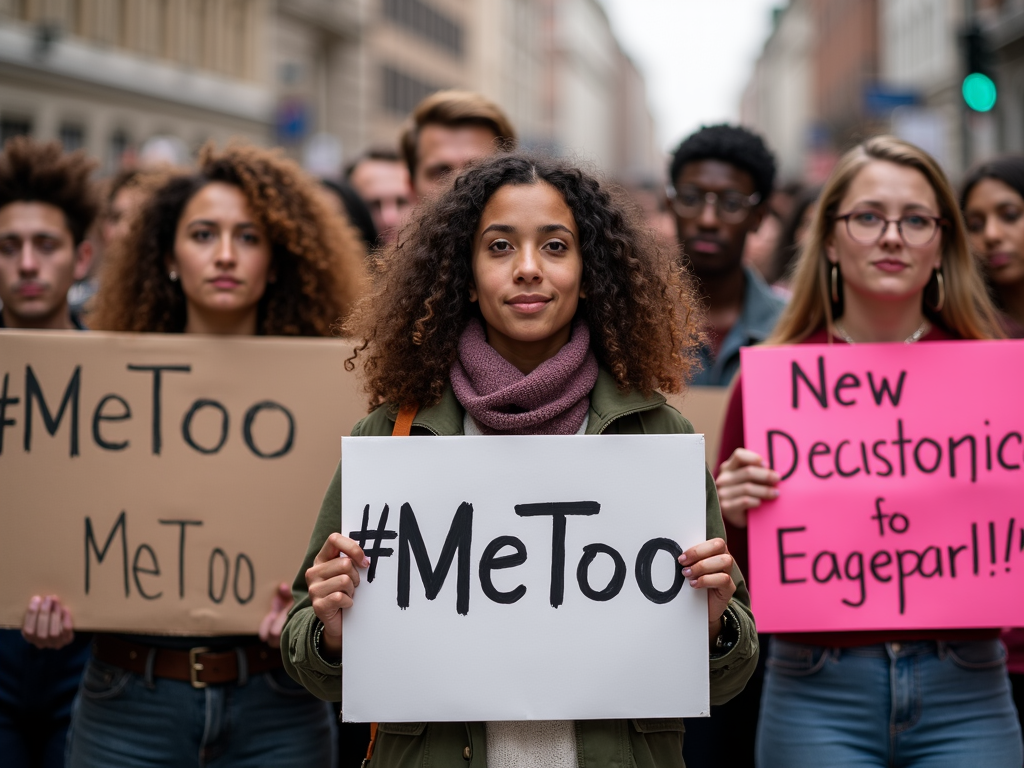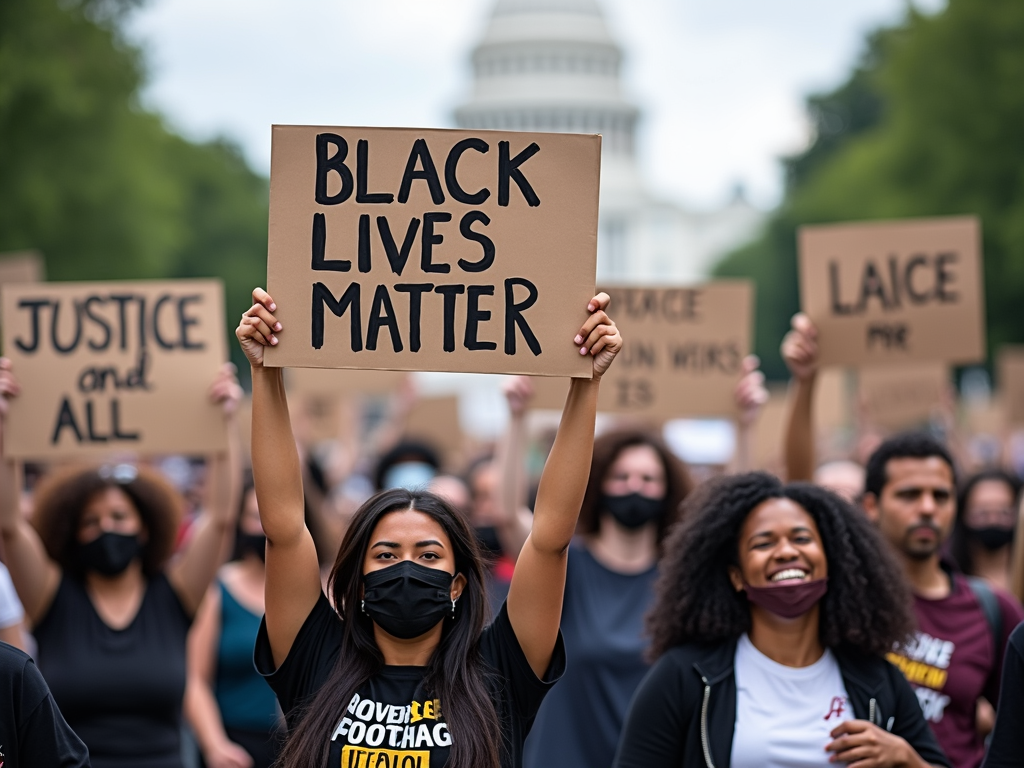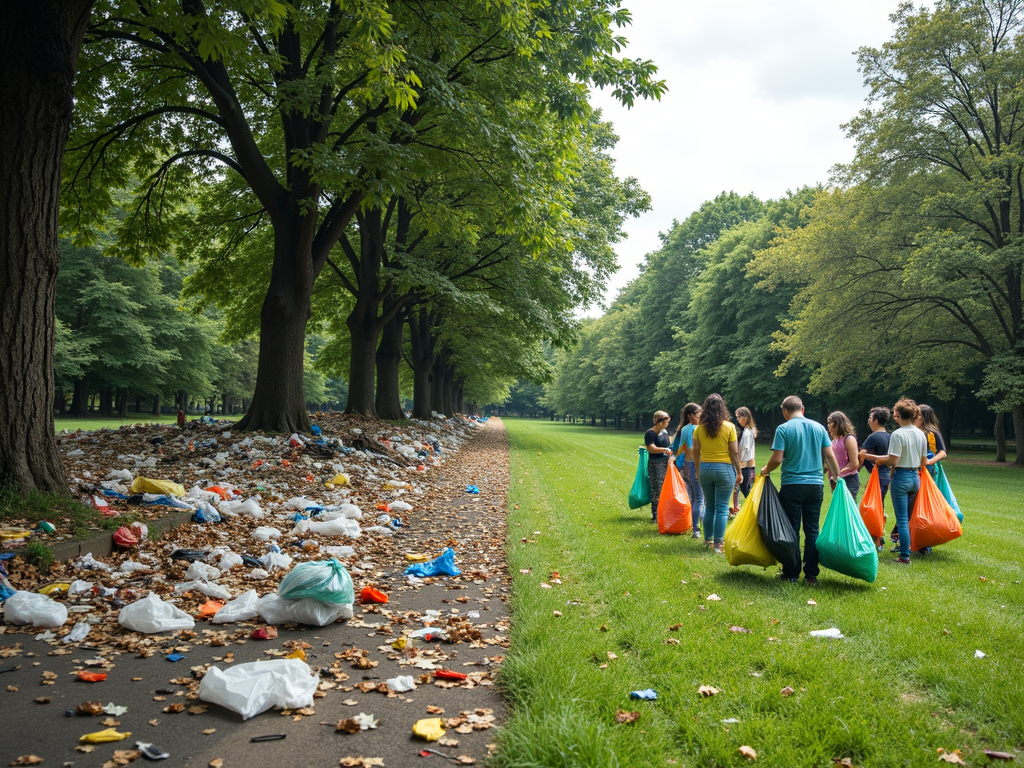Transformative Online Campaigns That Changed the World: A Deep Dive
By , March 23, 2025
Overview
In the digital age, the internet has become a powerful tool for change. Online campaigns have the ability to reach millions of people instantly, raising awareness, influencing policy, and even toppling governments. This article explores some of the most transformative online campaigns that have left an indelible mark on the world. From the Ice Bucket Challenge to the #MeToo movement, these campaigns demonstrate the power of online advocacy and volunteering. We'll delve into how these movements started, how they grew, and the impact they had, offering insights into what makes an online campaign successful.
The Ice Bucket Challenge: A Viral Sensation for ALS Awareness
In the summer of 2014, social media feeds were flooded with videos of people pouring buckets of ice water over their heads. This was the Ice Bucket Challenge, a campaign that went viral and raised over $115 million for the ALS Association. But how did it start?
The challenge was simple: participants would dump a bucket of ice water on themselves, nominate others to do the same, and donate to ALS research. It was a fun, engaging way to raise awareness about a disease that many people knew little about.
What made the Ice Bucket Challenge so successful was its simplicity and shareability. It was easy to participate, and the videos were entertaining to watch. Celebrities like Bill Gates and Oprah Winfrey took part, which helped spread the campaign even further.
But beyond the fun, the campaign had a real impact. The funds raised led to significant advancements in ALS research, including the discovery of new genes linked to the disease. It showed that online campaigns could be more than just a fad; they could drive real change.

#MeToo: A Global Movement Against Sexual Harassment
In October 2017, actress Alyssa Milano tweeted: "If you've been sexually harassed or assaulted write 'me too' as a reply to this tweet." This simple call to action sparked a global movement that would change the conversation around sexual harassment and assault.
The #MeToo movement encouraged survivors to share their stories, breaking the silence that had surrounded these issues for so long. It quickly spread beyond Twitter, with millions of people sharing their experiences on various social media platforms.
The impact was profound. High-profile figures in entertainment, politics, and business were held accountable for their actions. Laws were changed, and companies implemented new policies to address harassment in the workplace.
What made #MeToo so powerful was its ability to give a voice to the voiceless. It showed that online platforms could be used to amplify marginalized voices and drive social change.

The Arab Spring: Social Media as a Tool for Revolution
In 2010 and 2011, a series of protests and uprisings swept across the Arab world, leading to the overthrow of several governments. While the causes were complex, social media played a crucial role in organizing and spreading the message of the protesters.
Platforms like Facebook and Twitter allowed activists to communicate, share information, and coordinate protests. They could bypass state-controlled media and reach a global audience, garnering international support for their cause.
The Arab Spring demonstrated the power of online advocacy in a political context. It showed that social media could be a tool for mobilization and resistance, even in the face of authoritarian regimes.
However, it also highlighted the limitations of online campaigns. While they can spark change, sustaining that change requires more than just online activism. Nevertheless, the Arab Spring remains a pivotal example of how online campaigns can influence real-world events.

Black Lives Matter: From Hashtag to Global Movement
The Black Lives Matter (BLM) movement began in 2013 with the hashtag #BlackLivesMatter, following the acquittal of George Zimmerman in the shooting death of Trayvon Martin. It gained momentum in 2014 after the deaths of Michael Brown and Eric Garner, and has since become a global movement advocating against racial injustice.
BLM uses online platforms to organize protests, share information, and raise awareness about police brutality and systemic racism. The movement has been instrumental in bringing issues of racial inequality to the forefront of public discourse.
One of the strengths of BLM is its decentralized nature. It allows for local chapters to address issues specific to their communities while still being part of a larger movement. This flexibility has helped BLM adapt and grow over the years.
The movement has also faced criticism and backlash, but its impact is undeniable. It has led to policy changes, increased funding for community programs, and a greater awareness of racial issues worldwide.

#TrashTag Challenge: Cleaning Up the Planet One Post at a Time
In 2019, the #TrashTag Challenge went viral on social media. The challenge encouraged people to clean up littered areas and post before-and-after photos with the hashtag #TrashTag.
What started as a small initiative quickly grew into a global movement, with people from all over the world participating. From beaches to parks to city streets, the challenge inspired individuals to take action in their local communities.
The #TrashTag Challenge showed that online campaigns could have a tangible impact on the environment. It also highlighted the power of social media to promote positive behavior and community engagement.
While it may not have the same scale as some of the other campaigns mentioned, the #TrashTag Challenge is a great example of how online advocacy can lead to real-world action.

Conclusion
Online campaigns have proven to be powerful tools for change, capable of raising awareness, influencing policy, and mobilizing people around the world. From the Ice Bucket Challenge to the #MeToo movement, these campaigns have shown that with the right message and strategy, it's possible to make a significant impact.
Key takeaways from these campaigns include the importance of simplicity, shareability, and authenticity. They also highlight the need for a clear call to action and the ability to adapt to changing circumstances.
As we look to the future, it's clear that online advocacy and volunteering will continue to play a crucial role in shaping our world. By learning from these transformative campaigns, we can harness the power of the internet to drive positive change in our communities and beyond.